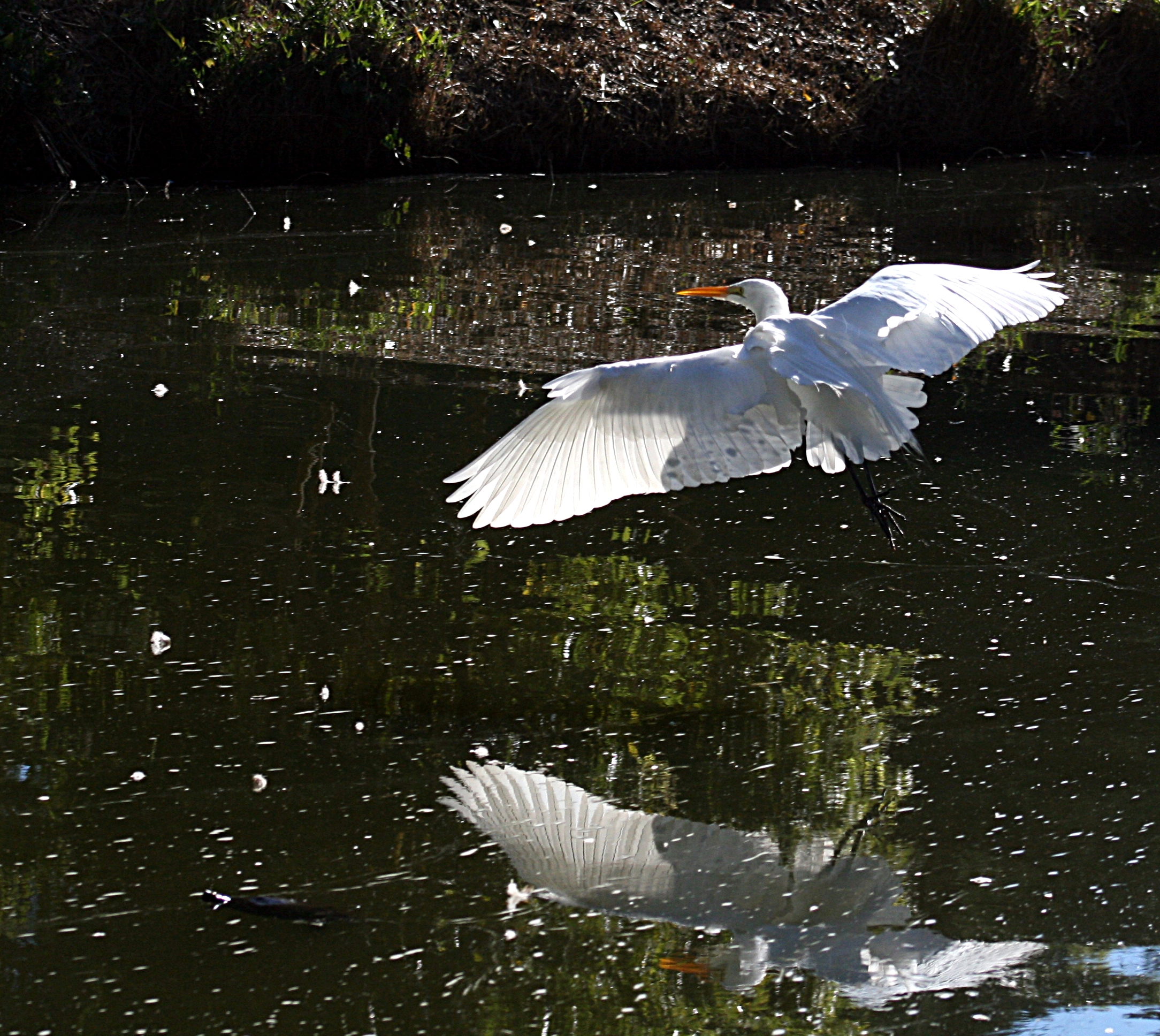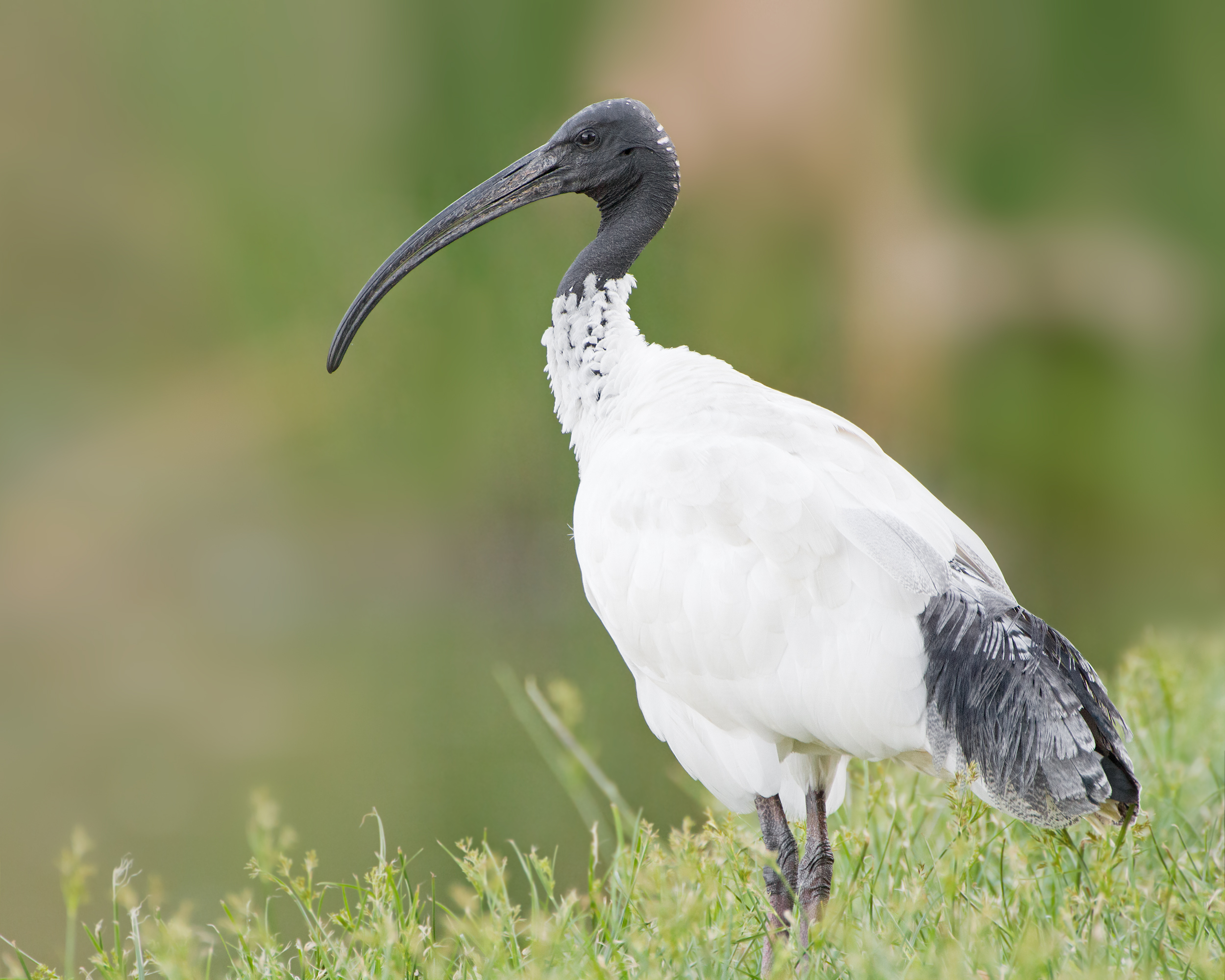|
Hamal Lake
Hamal Lake ( ur, ) is situated in Qambar Shahdadkot District in Sindh, Pakistan, 58 km from Larkana city and 40 km from Qambar town. The length of the lake is 25 km and the width is 10 km and has a surface area of 2965 acres (1200 ha). It is a fresh water lake and the main source of water are the streams comes through from Kirthar Mountains. Hamal Lake is the habitat of resident and Siberian migratory birds like Ducks, Geese, Coots, Shorebirds, Cormorants, Flamingos, Herons, Ibises, Gulls, Terns and Egrets. It is also the great nursery of fresh water fishes. But now environment and wildlife of this lake is badly affected by discharging of poisonous and saline water of the Hirdin drain. Published in Dawn News. Retrieved on 18 June 2012 See also * |
Qambar Shahdadkot District
Qambar Shahdadkot District ( sd, ضلعو قمبر شهداد ڪوٽ, ur, ) is a district of Sindh, Pakistan, originally named after Shahdad Khan Khuhawar the official founder. District Qambar Shahdadkot, with headquarters at Qambar, was established on 13 December 2004. Taluka Qambar and Shahdadkot Tehsil were part of Larkana district since long before they were combined and made one district for administrative purposes. At first it was named only Qambar but because of dissent from the people of Shahdadkot Tehsil, Shahdadkot city, the name Shahdadkot was added. Today, however, the locals of Shahdadkot demand a separate district comprising Shahdadkot Tehsil, Shahdadkot, Qubo Saeed Khan and Sijawal Junejo as they face difficulties in governmental work because they must go a long distance to Qambar to get the work done because most government offices are there. The district was created in the tenure of Chief Minister Arbab Ghulam Rahim, who is accused of creating this district for ... [...More Info...] [...Related Items...] OR: [Wikipedia] [Google] [Baidu] |
Cormorants
Phalacrocoracidae is a family of approximately 40 species of aquatic birds commonly known as cormorants and shags. Several different classifications of the family have been proposed, but in 2021 the IOC adopted a consensus taxonomy of seven genera. The great cormorant (''Phalacrocorax carbo'') and the common shag (''Gulosus aristotelis'') are the only two species of the family commonly encountered in Britain and Ireland and "cormorant" and "shag" appellations have been later assigned to different species in the family somewhat haphazardly. Cormorants and shags are medium-to-large birds, with body weight in the range of and wing span of . The majority of species have dark feathers. The bill is long, thin and hooked. Their feet have webbing between all four toes. All species are fish-eaters, catching the prey by diving from the surface. They are excellent divers, and under water they propel themselves with their feet with help from their wings; some cormorant species have been f ... [...More Info...] [...Related Items...] OR: [Wikipedia] [Google] [Baidu] |
Hadero Lake
Hadero Lake ( ur, ہڈیری جھیل) is located in Thatta District, Sindh. It is an important brackish wetland, where waterfowl occur. It was declared wildlife sanctuary for the protection of migratory and resident birds. Hadero Lake is a natural lake in a shallow depression. It has a surface area of and is located on the edge of a stony desert, about 85 km to the east of Karachi. It is considered one of the favourite lakes of ornithologist. Among the fauna except than fishes, waterfowl occur in large numbers and include swans, storks, cranes and feeding flocks of pelicans. Also waders and cormorants are common. The lake was initially declared a Game Sanctuary under Section 15 of the West Pakistan Wildlife Protection Ordinance 1959 in 1971. In 1977 it was declared as Wildlife Sanctuary under a notification by Government of Sindh. At the time of declaration of the protected area local people were allowed to catch fish from lake, but do not have the right to disturb the bird ... [...More Info...] [...Related Items...] OR: [Wikipedia] [Google] [Baidu] |
Haleji Lake
Haleji Lake ( ur, ہالیجی جھیل) is a perennial freshwater lake in Thatta District of Sindh Province, Pakistan. It is in size and is surrounded by marshes and brackish seepage lagoons. History Haleji Lake was a saline lagoon until the 1930s and was converted into a reservoir to provide additional water to Karachi. During World War II, additional water was required for troops stationed at Karachi. The then-British Government of Sindh Province decided to increase the capacity of the lake by introducing a feeder canal from the Indus River. Salt water was drained out and an embankment was constructed around the lake which was fed with fresh water through a canal. The work was placed on a war footing and was completed within 24 months in 1943. Fauna Haleji Lake is a wintering site for waterfowl such as cotton teal, Indian spot-billed duck, purple moorhen and pheasant-tailed jacana. It is also a breeding site for egrets and herons. See also *Hamal Lake *Hadero Lake Hadero ... [...More Info...] [...Related Items...] OR: [Wikipedia] [Google] [Baidu] |
Egrets
Egrets ( ) are herons, generally long-legged wading birds, that have white or buff plumage, developing fine plumes (usually milky white) during the breeding season. Egrets are not a biologically distinct group from herons and have the same build. Biology Many egrets are members of the genera ''Egretta'' or '' Ardea'', which also contain other species named as herons rather than egrets. The distinction between a heron and an egret is rather vague, and depends more on appearance than biology. The word "egret" comes from the French word ''aigrette'' that means both "silver heron" and "brush", referring to the long, filamentous feathers that seem to cascade down an egret's back during the breeding season (also called "egrets"). Several of the egrets have been reclassified from one genus to another in recent years; the great egret, for example, has been classified as a member of either ''Casmerodius'', ''Egretta'', or ''Ardea''. In the 19th and early part of the 20th centuries, ... [...More Info...] [...Related Items...] OR: [Wikipedia] [Google] [Baidu] |
Terns
Terns are seabirds in the family Laridae that have a worldwide distribution and are normally found near the sea, rivers, or wetlands. Terns are treated as a subgroup of the family Laridae which includes gulls and skimmers and consists of eleven genera. They are slender, lightly built birds with long, forked tails, narrow wings, long bills, and relatively short legs. Most species are pale grey above and white below, with a contrasting black cap to the head, but the marsh terns, the Inca tern, and some noddies have dark plumage for at least part of the year. The sexes are identical in appearance, but young birds are readily distinguishable from adults. Terns have a non-breeding plumage, which usually involves a white forehead and much-reduced black cap. Terns are long-lived birds and are relatively free from natural predators and parasites; most species are declining in numbers due directly or indirectly to human activities, including habitat loss, pollution, disturbance, an ... [...More Info...] [...Related Items...] OR: [Wikipedia] [Google] [Baidu] |
Gulls
Gulls, or colloquially seagulls, are seabirds of the family Laridae in the suborder Lari. They are most closely related to the terns and skimmers and only distantly related to auks, and even more distantly to waders. Until the 21st century, most gulls were placed in the genus ''Larus'', but that arrangement is now considered polyphyletic, leading to the resurrection of several genera. An older name for gulls is mews, which is cognate with German ''Möwe'', Danish ''måge'', Swedish ''mås'', Dutch ''meeuw'', Norwegian ''måke''/''måse'' and French ''mouette'', and can still be found in certain regional dialects. Gulls are typically medium to large in size, usually grey or white, often with black markings on the head or wings. They typically have harsh wailing or squawking calls; stout, longish bills; and webbed feet. Most gulls are ground-nesting carnivores which take live food or scavenge opportunistically, particularly the ''Larus'' species. Live food often includes crustac ... [...More Info...] [...Related Items...] OR: [Wikipedia] [Google] [Baidu] |
Ibises
The ibises () (collective plural ibis; classical plurals ibides and ibes) are a group of long-legged wading birds in the family Threskiornithidae, that inhabit wetlands, forests and plains. "Ibis" derives from the Latin and Ancient Greek word for this group of birds. It also occurs in the scientific name of the cattle egret (''Bubulcus ibis'') mistakenly identified in 1757 as being the sacred ibis. Description Ibises all have long, downcurved bills, and usually feed as a group, probing mud for food items, usually crustaceans. They are monogamous and highly territorial while nesting and feeding. Most nest in trees, often with spoonbills or herons. All extant species are capable of flight, but two extinct genera were flightless, namely the kiwi-like ''Apteribis'' in the Hawaiian Islands, and the peculiar '' Xenicibis'' in Jamaica. The word ''ibis'' comes from Latin ''ibis'' from Greek ἶβις ''ibis'' from Egyptian ''hb'', ''hīb''. Beekes, R. S. P. (2009) ''Etymological Diction ... [...More Info...] [...Related Items...] OR: [Wikipedia] [Google] [Baidu] |
Herons
The herons are long-legged, long-necked, freshwater and coastal birds in the family Ardeidae, with 72 recognised species, some of which are referred to as egrets or bitterns rather than herons. Members of the genera ''Botaurus'' and ''Ixobrychus'' are referred to as bitterns, and, together with the zigzag heron, or zigzag bittern, in the monotypic genus ''Zebrilus'', form a monophyletic group within the Ardeidae. Egrets do not form a biologically distinct group from herons, and tend to be named differently because they are mainly white or have decorative plumes in breeding plumage. Herons, by evolutionary adaptation, have long beaks. The classification of the individual heron/egret species is fraught with difficulty, and no clear consensus exists about the correct placement of many species into either of the two major genera, '' Ardea'' and '' Egretta''. Similarly, the relationships of the genera in the family are not completely resolved. However, one species formerly considered ... [...More Info...] [...Related Items...] OR: [Wikipedia] [Google] [Baidu] |
Flamingos
Flamingos or flamingoes are a type of wading bird in the family Phoenicopteridae, which is the only extant family in the order Phoenicopteriformes. There are four flamingo species distributed throughout the Americas (including the Caribbean), and two species native to Afro-Eurasia. A group of flamingoes is called a "flamboyance." Etymology The name ''flamingo'' comes from Portuguese or Spanish ("flame-colored"), which in turn comes from Provençal – a combination of ("flame") and a Germanic-like suffix ''-ing''. The word may also have been influenced by the Spanish ethnonym ("Fleming" or "Flemish"). The name of the genus, ''Phoenicopterus'', is from the Greek , ); other genera names include ''Phoeniconaias,'' which means "crimson/red water nymph (or naiad)", and ''Phoenicoparrus,'' which means "crimson/red bird (though, an unknown bird of omen)". Taxonomy and systematics The family Phoenicopteridae was introduced by the French zoologist Charles Lucien Bonapar ... [...More Info...] [...Related Items...] OR: [Wikipedia] [Google] [Baidu] |
Shorebirds
245px, A flock of Dunlins and Red knots">Red_knot.html" ;"title="Dunlins and Red knot">Dunlins and Red knots Waders or shorebirds are birds of the order Charadriiformes commonly found wikt:wade#Etymology 1, wading along shorelines and mudflats in order to foraging, forage for food crawling or burrowing in the mud and sand, usually small arthropods such as aquatic insects or crustaceans. The term "wader" is used in Europe, while "shorebird" is used in North America, where "wader" may be used instead to refer to long-legged wading birds such as storks and herons. There are about 210 species of wader, most of which live in wetland or coastal environments. Many species of Arctic and temperate regions are strongly migratory, but tropical birds are often resident, or move only in response to rainfall patterns. Some of the Arctic species, such as the little stint, are amongst the longest distance migrants, spending the non- breeding season in the southern hemisphere. Many of the s ... [...More Info...] [...Related Items...] OR: [Wikipedia] [Google] [Baidu] |






-_Breeding_plumage_W2_IMG_8770.jpg)